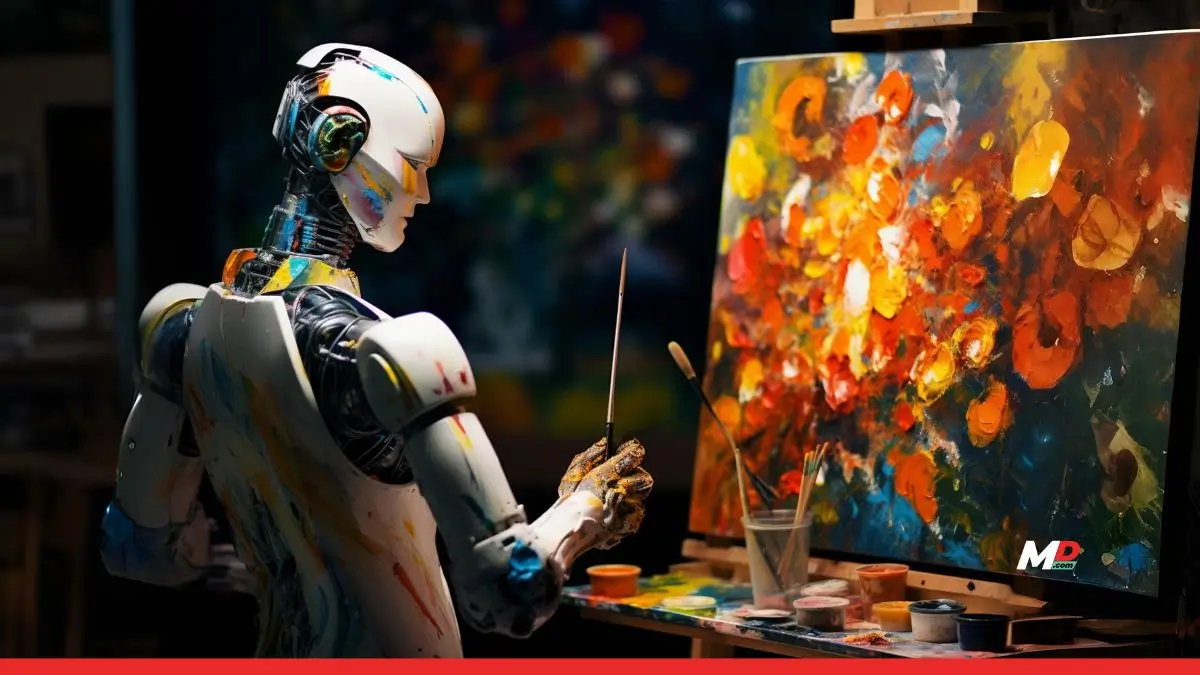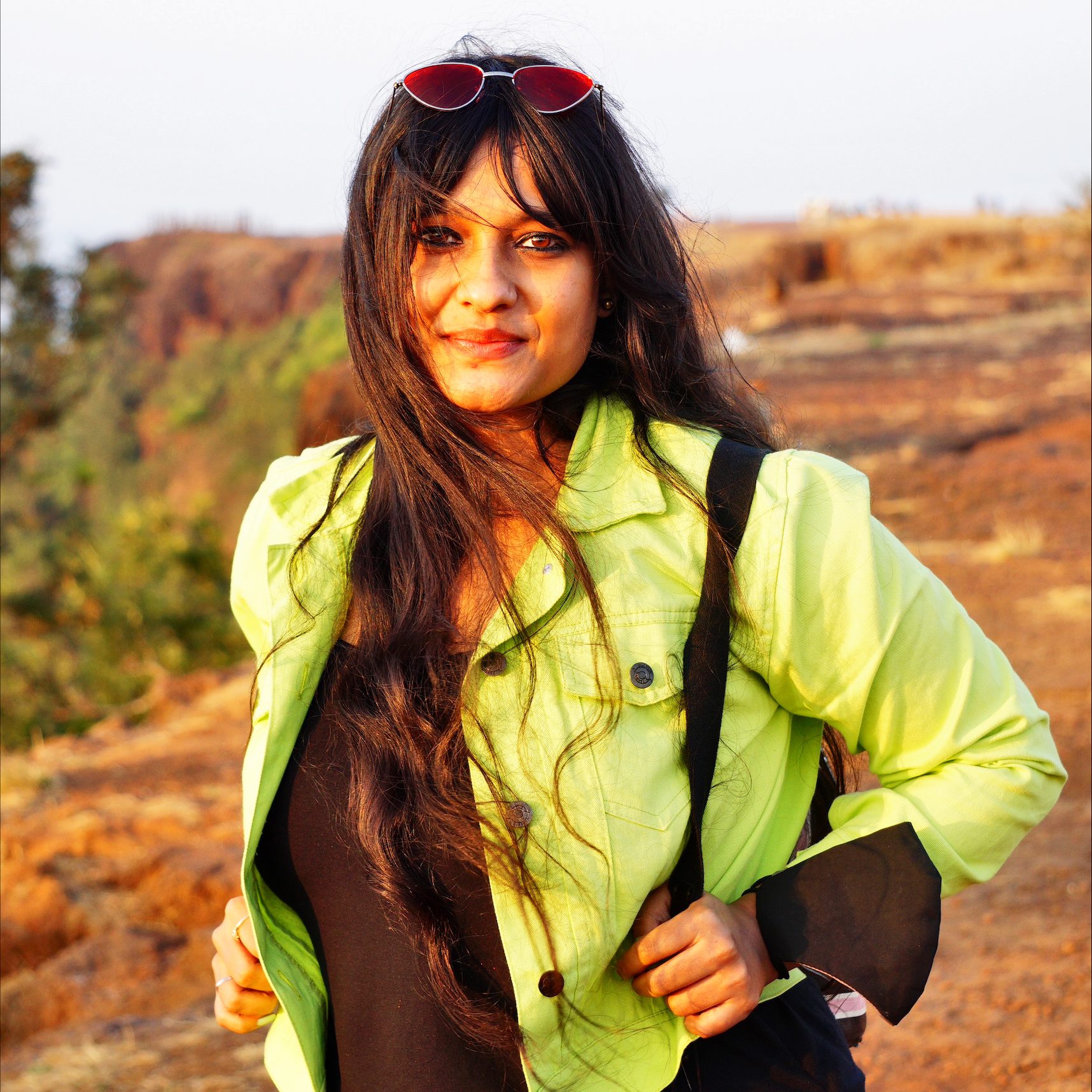Published
8 months agoon

It began innocently enough. One swipe on a smartphone, one tap of a button—and suddenly, your family photo is transformed into something reminiscent of a Studio Ghibli dreamscape. It’s beautiful. Nostalgic. Share-worthy.
But behind this viral trend lies a darker reality: the rising tide of AI-generated art is redefining creative landscapes, often to the detriment of the very artists and individuals who once defined them.
The buzz around tools like ChatGPT’s 4o model has sparked a digital frenzy. But not everyone is charmed. While one camp marvels at the aesthetics and convenience of Generative AI, another sees it as a soulless imitation—a convenient but hollow facsimile of true creative labour. And they’re not wrong.
At its core, art is human. It’s the product of emotion, effort, cultural history, and lived experience. When a machine produces art in seconds—without the sleepless nights, emotional struggles, or years of mastery—it can feel like the soul has been stripped from the canvas. This dehumanisation isn’t just symbolic. It’s systemic.
Generative AI, in its current form, is often built upon datasets scraped from the internet, trained on countless works by real artists—many of whom were never asked, credited, or compensated. Their creativity is being absorbed into algorithms that then generate derivative works—cheaply, quickly, and at scale, with little regard for the creative process.

Soumita Das, Creative Director – Copy, ADK India, weighs in on the relentless progress of AI, and the growing trend of Ghibli-fying images. “AI’s ability to mimic iconic cultural styles like Studio Ghibli’s might seem impressive on a surface level, but it fundamentally misunderstands what makes such work powerful in the first place. Ghibli isn’t just about a visual aesthetic. It’s about a soul, a cultural memory, and an emotional depth that’s been handcrafted over decades. When machines attempt to replicate that, they’re not honouring the legacy, they’re flattening it into something trend-based and transactional.
Technology has a role to play in creative industries, no doubt, but when it starts to blur the line between inspiration and imitation, we step into dangerous territory. The emotional nuance, the pauses, the imperfections, those are not things you can teach an algorithm. AI might be able to generate an image that ‘looks’ right, but it will always lack the intention, heritage, and lived emotion behind it. If we’re not careful, we’re headed toward a future where cultural storytelling is diluted, not democratized. And in that world, what we gain in speed, we lose in soul.”

Meanwhile, Upasana Dua, Executive Strategy Director, Landor, advises an embrace of AI, with caveats. “At the outset, let me say – what we can’t ignore, we had best embrace. AI’s ability to replicate styles is something that is happening, and it is here to stay. What it means for brands in this context is that we need to work harder. We need to think of visual identity in a much larger context. We need to deliver what AI is not capable of doing at this point – and these are ‘Brand Experiences’.
Breaking out of the world of algorithms can be done through a human lens that helps build deeper experiences, curated for customers. Visual identities and design driven purely by aesthetics are replicable. Curated experiences that ensure every aspect of the brand’s identity and language tell a cohesive story, not so much.”
Beyond a battle about aesthetics. There’s a serious privacy concern brewing beneath the surface.
These tools often operate within a black box of ambiguous terms and conditions. Users upload personal photos with little understanding of where that data goes or how it’s used. Do these platforms delete images after processing? Many claim they do, but they rarely define what “deletion” means. Is it immediate? Partial? Do the photos linger in backups or training datasets? The answers are murky—and that ambiguity is dangerous.
Each image uploaded carries more than a face. It contains metadata: GPS coordinates, timestamps, device identifiers. These digital fingerprints can be exploited. Worse, with model inversion attacks, hackers could potentially reverse-engineer or reconstruct original images from AI-generated outputs.
All of this points to a growing tension between technological innovation and ethical boundaries. We celebrate convenience but at what cost? When creativity is outsourced to code, and privacy sacrificed for aesthetics, we inch closer to a world where authenticity is traded for replication.
Even those who criticise AI art find themselves caught in paradoxes. Many call for stricter copyright enforcement to curb Generative AI’s unchecked growth. Yet historically, copyright laws have more often served large corporations than individual creators. Consider Nintendo’s lawsuit against ROM sites hosting long-unavailable retro games. Their takedown was swift, final, and reinforced a model of centralized power—not one that protects grassroots artistry.
In demanding more robust copyright protections to counter AI, critics may inadvertently strengthen the very systems that suppress independent creators.
And what of the Ghibli-fied images flooding our feeds? Most users don’t believe they’re creating original masterpieces. For many, it’s just play—an aesthetic experiment, a nostalgic indulgence. The problem arises not from the intent, but the infrastructure enabling it. If these tools were trained using Miyazaki’s work without permission, then they haven’t merely mimicked an art style—they’ve commodified it.
This isn’t about being anti-AI. It’s about being pro-ethics, pro-creator, pro-human. AI art may never disappear—it’s too powerful, too accessible. But we can shape its future. We need transparency in data use, stronger opt-out mechanisms for creators, and clearer boundaries between inspiration and infringement.
Most importantly, we need to preserve what makes art art—the spark of humanity behind it.


Couple attends own wedding virtually after being stranded by IndiGo


Innovating with Diversity: KARAM’s Commitment to Women in Manufacturing and Engineering


The watchdog retreats: DGCA dilutes safety norms to bail out IndiGo


India’s E&M industry projected to grow at 7.8% CAGR to USD47.2 bn by 2029, nearly double the global growth rate: PwC report


DGCA blinks, relaxes Pilot norms after IndiGo’s debacle leaves passengers suffering


Vinod Intelligent Cookware Onboards Chef Nehal Karkera as Brand’s Digital Ambassador, Betting Big on Creator-Led Marketing

